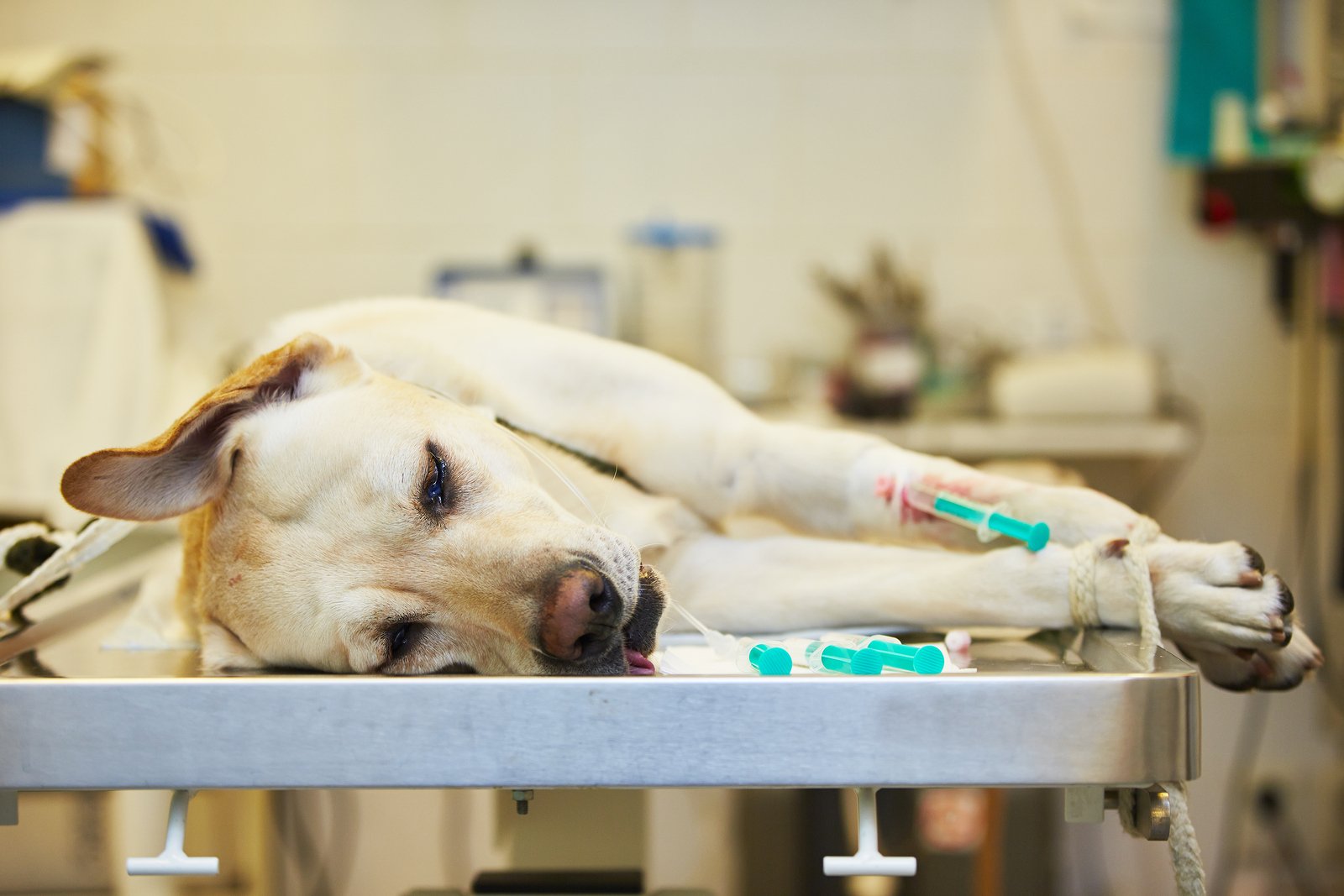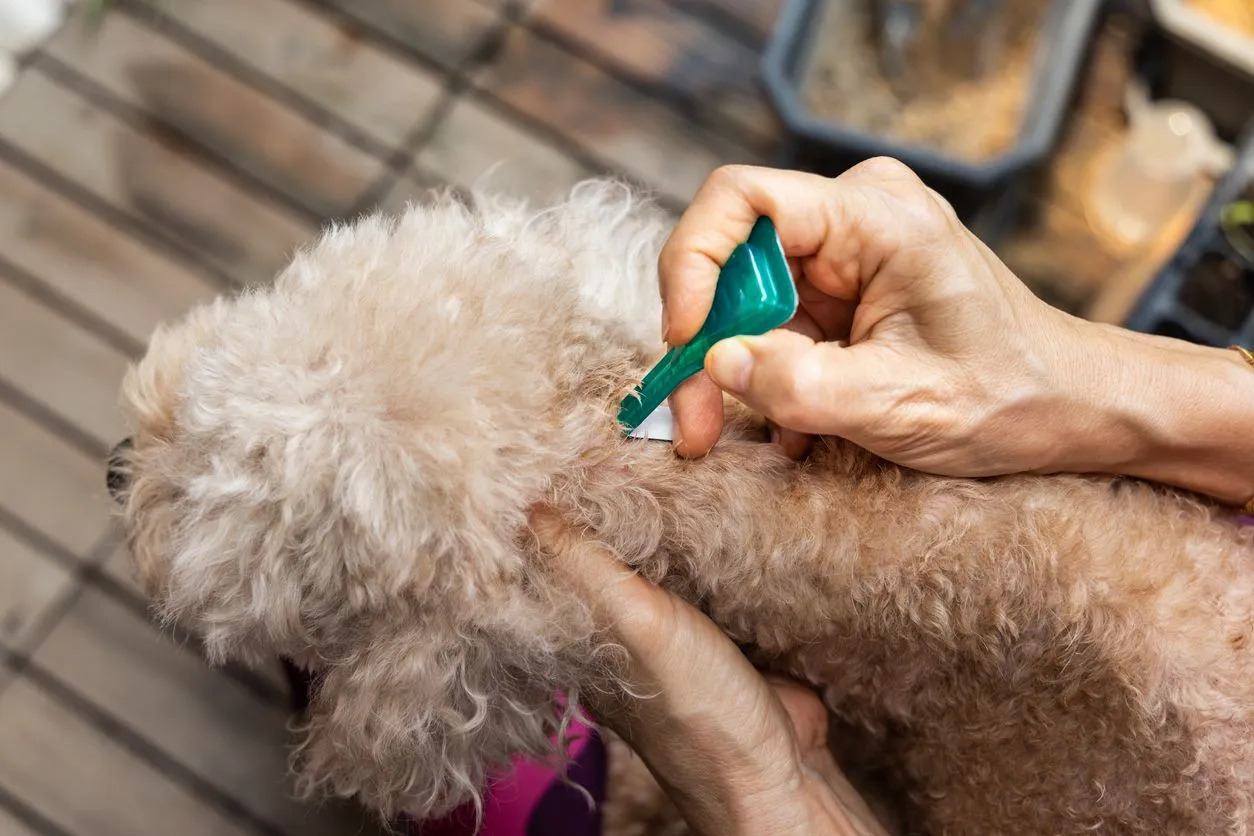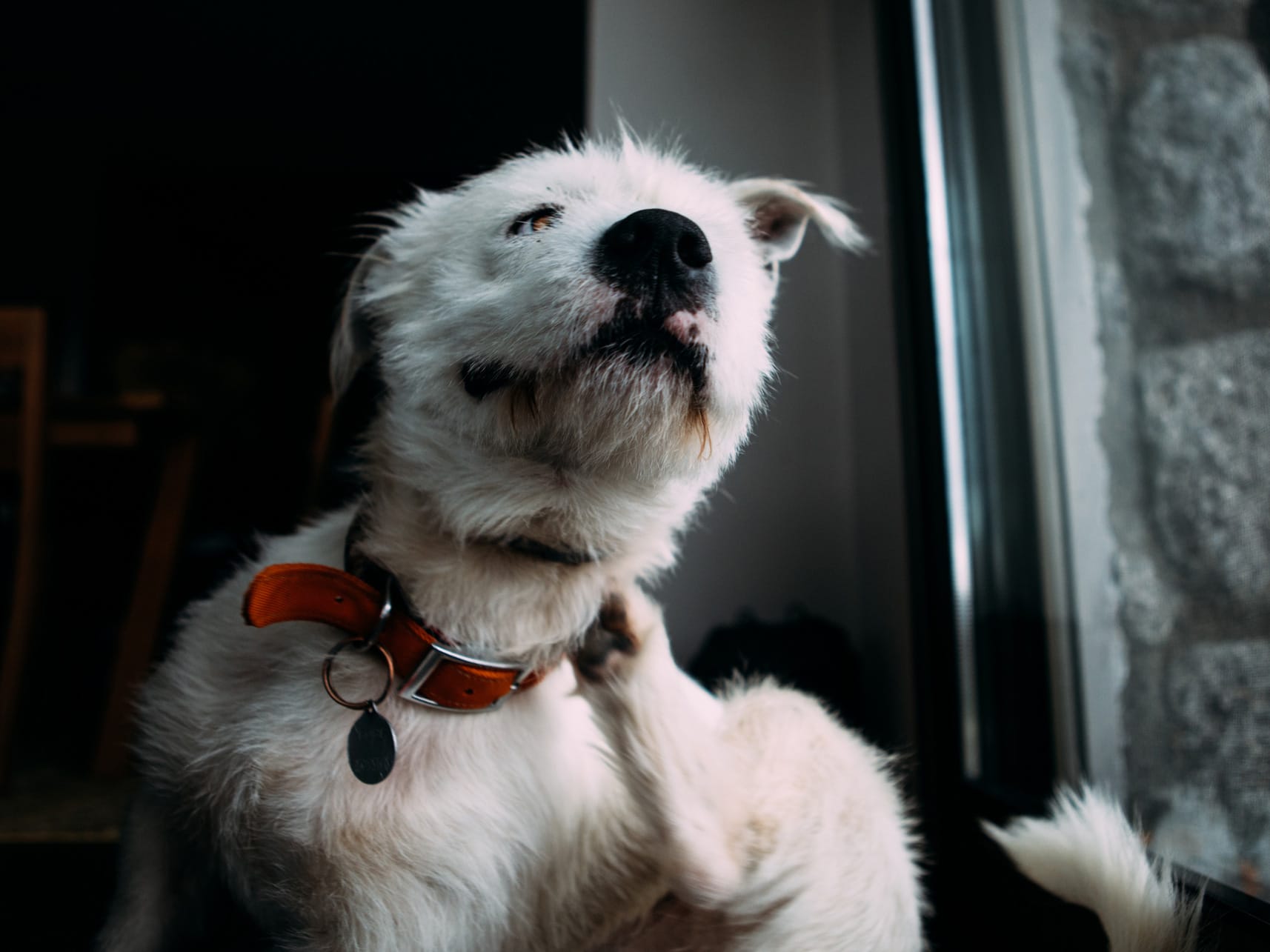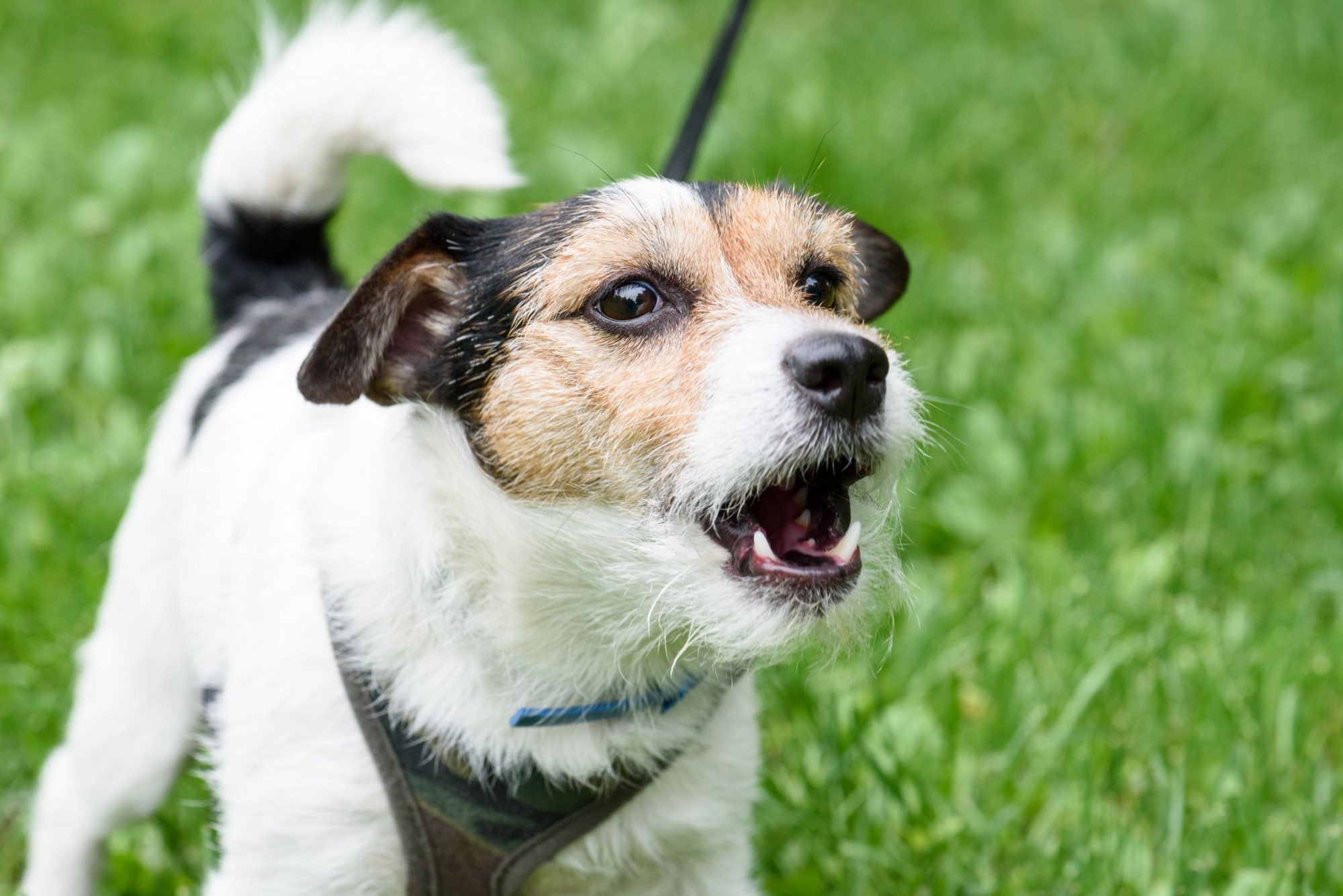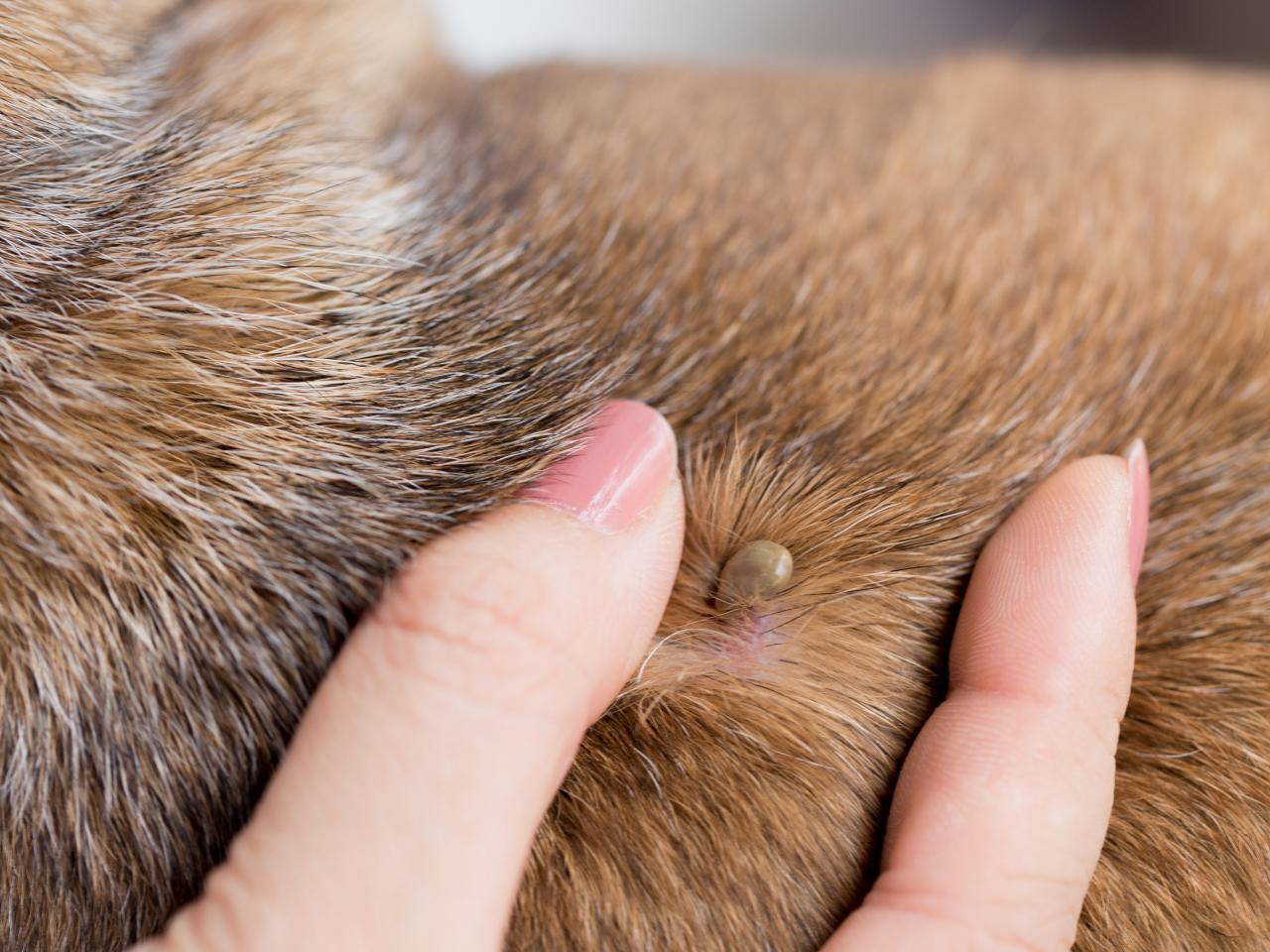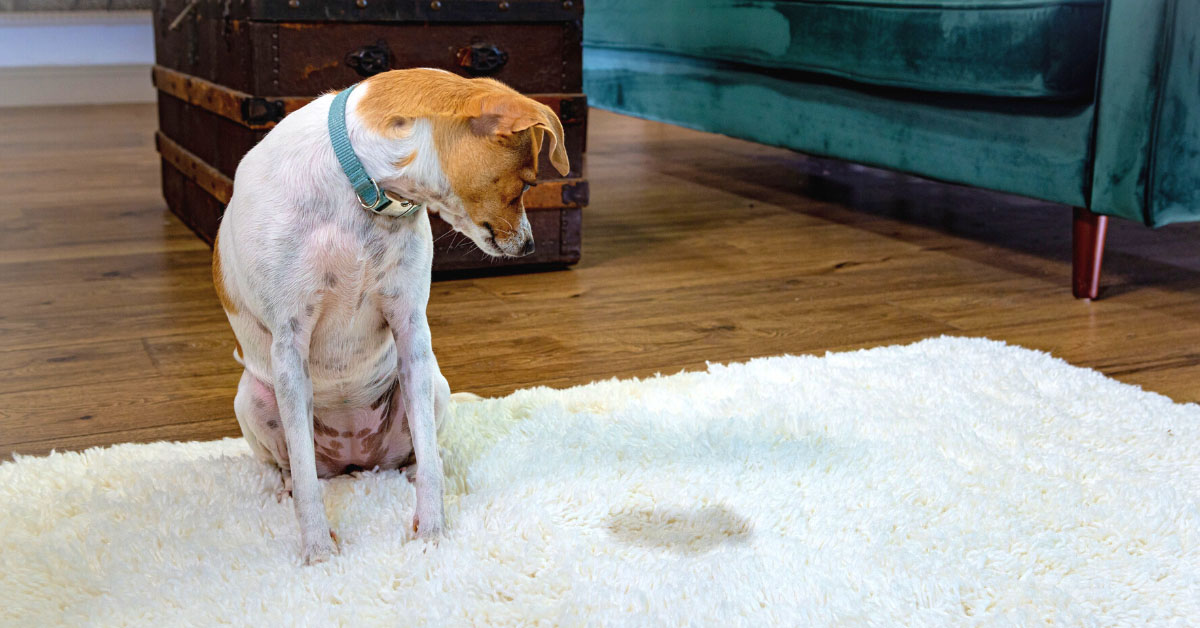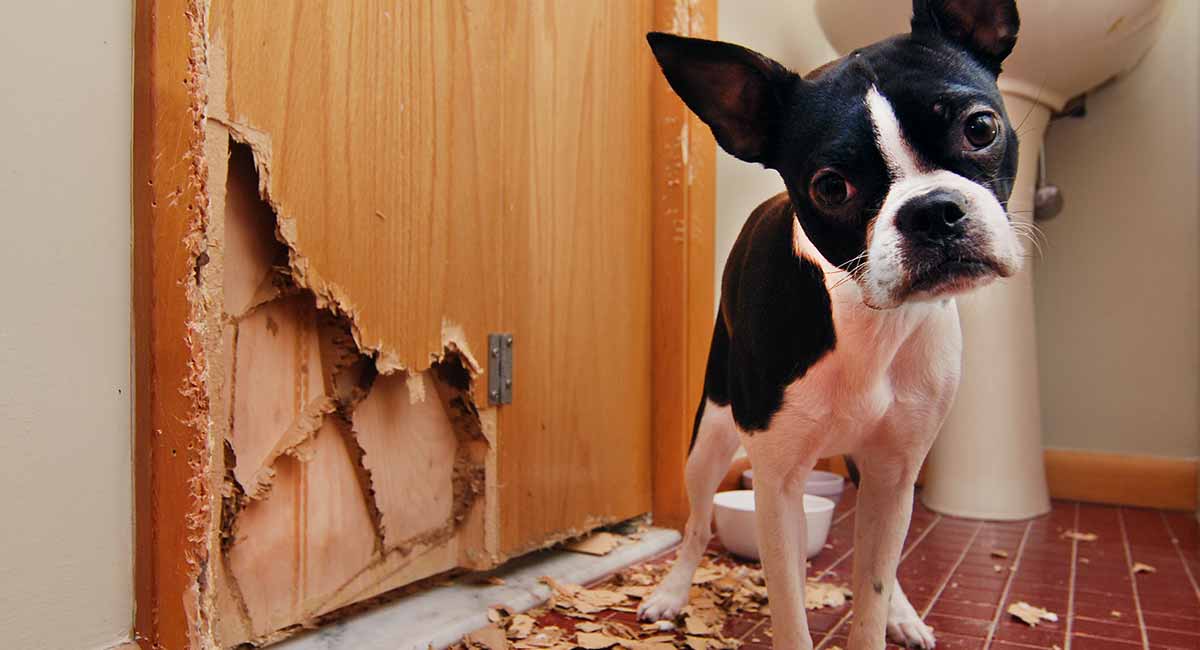Home>Health & Wellness>Common Health Issues>Eye and Ear Health>How To Remove Eye Gunk From Dogs
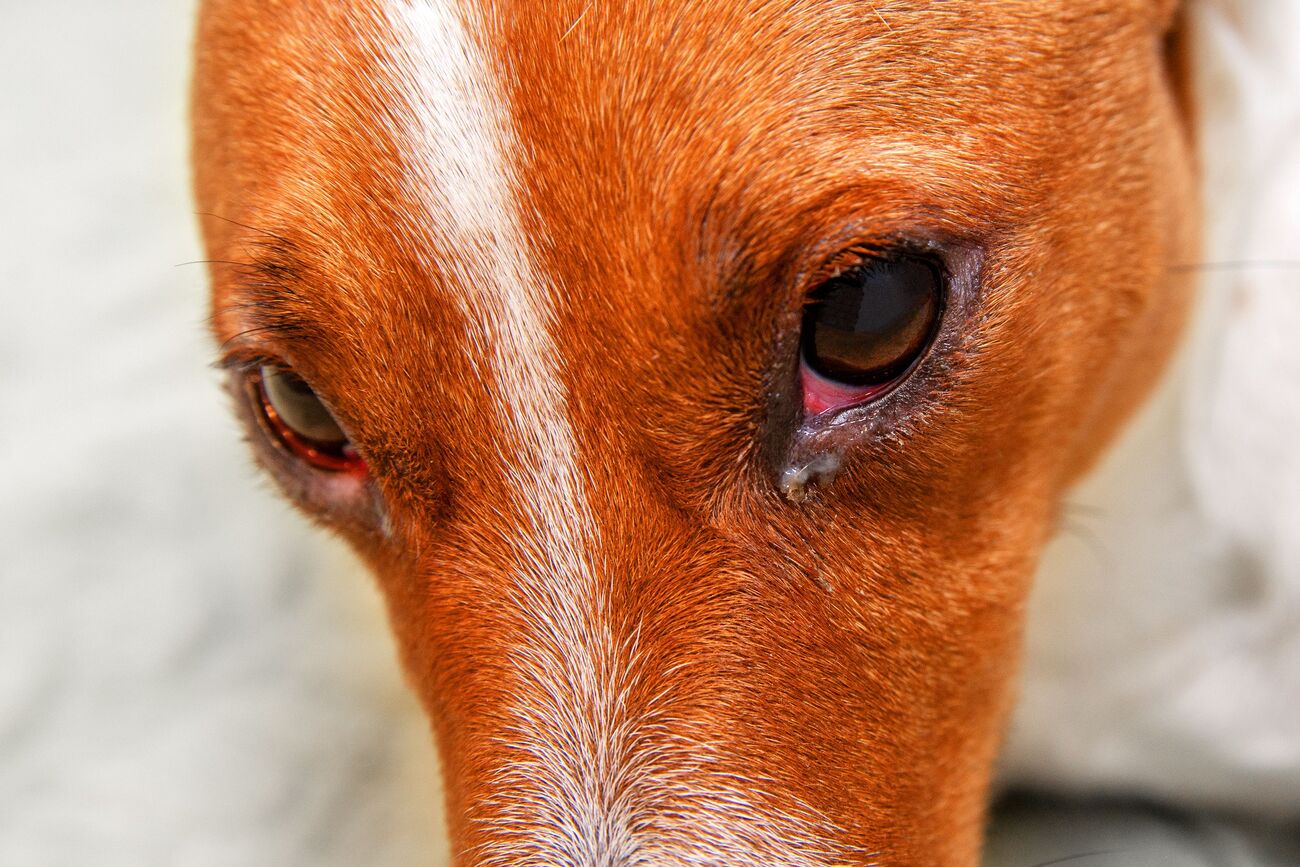

Eye and Ear Health
How To Remove Eye Gunk From Dogs
Modified: March 1, 2024
Learn how to effectively remove eye gunk from dogs and maintain their eye and ear health with our expert tips and advice. Keep your furry friend happy and healthy!
(Many of the links in this article redirect to a specific reviewed product. Your purchase of these products through affiliate links helps to generate commission for Pawsomeoldies.com, at no extra cost. Learn more)
Table of Contents
Introduction
As a dog owner, you understand the importance of maintaining your furry friend's health and well-being. One common issue that many dog owners encounter is the presence of eye gunk, also known as eye discharge, in their canine companions. This sticky, crusty residue can accumulate in the corners of a dog's eyes, causing discomfort and potential irritation if not properly addressed. Fortunately, with the right knowledge and tools, you can effectively remove eye gunk from your dog's eyes and prevent its recurrence.
In this comprehensive guide, we will delve into the causes of eye gunk in dogs, the necessary tools and supplies for its removal, a step-by-step guide to safely and effectively eliminate eye gunk, preventive measures to minimize its occurrence, and when it's essential to seek professional veterinary care for your dog's eye health.
By the end of this article, you will be equipped with the knowledge and confidence to care for your dog's eyes, ensuring their comfort and overall well-being. Let's embark on this journey to understand and address the common issue of eye gunk in dogs, empowering you to become a proactive and attentive caregiver for your beloved canine companion.
Read more: How To Remove Tick Eggs From A Dog
Understanding Eye Gunk in Dogs
Eye gunk, also referred to as eye discharge, is a common occurrence in dogs and can manifest in various forms, including watery discharge, mucus, or thick, crusty residue. This buildup typically accumulates in the corners of the eyes and can be indicative of underlying health issues or environmental factors. Understanding the potential causes of eye gunk in dogs is crucial for effectively addressing and preventing this issue.
Causes of Eye Gunk in Dogs
-
Allergies: Dogs, like humans, can experience allergies to environmental factors such as pollen, dust, or mold. Allergic reactions can lead to increased tear production and the formation of eye gunk.
-
Eye Infections: Bacterial or viral infections, such as conjunctivitis, can result in excessive eye discharge and the formation of pus-like gunk in a dog's eyes.
-
Blocked Tear Ducts: If a dog's tear ducts are obstructed or not functioning properly, it can lead to inadequate drainage of tears, causing them to accumulate and form gunky residue.
-
Irritants: Exposure to irritants such as smoke, chemicals, or foreign objects can trigger the production of excessive eye discharge as a protective mechanism.
-
Anatomical Factors: Certain dog breeds with prominent or protruding eyes, such as Pugs or Bulldogs, are more prone to eye gunk due to their unique eye structures.
Signs and Symptoms
- Excessive tearing
- Redness or inflammation around the eyes
- Squinting or pawing at the eyes
- Crusty or sticky discharge in the corners of the eyes
Importance of Understanding Eye Gunk
By recognizing the potential causes and symptoms of eye gunk in dogs, pet owners can take proactive measures to address the underlying issues and provide appropriate care for their furry companions. Additionally, understanding the significance of eye gunk can prompt timely intervention, preventing potential discomfort and complications for the dog.
Understanding the factors contributing to eye gunk in dogs sets the stage for effectively addressing this common issue and promoting optimal eye health for our canine friends.
Tools and Supplies Needed
When it comes to removing eye gunk from your dog's eyes, having the right tools and supplies at your disposal is essential for a safe and effective process. Here's a comprehensive list of the items you'll need to address your dog's eye gunk:
1. Clean, Soft Cloths or Gauze Pads
Soft, lint-free cloths or gauze pads are crucial for gently wiping away the eye gunk without causing any irritation to your dog's eyes. Opt for materials that are specifically designed for sensitive areas to ensure a gentle and non-abrasive cleaning process.
2. Sterile Saline Solution
A sterile saline solution serves as a gentle yet effective cleanser for your dog's eyes. It helps to loosen and dissolve the eye gunk, making it easier to remove without causing discomfort to your furry friend.
3. Dog-Friendly Eye Drops
In some cases, using dog-friendly eye drops can aid in softening and dislodging stubborn eye gunk. These specialized eye drops are formulated to be safe for canine use and can help maintain eye moisture while facilitating the removal of discharge.
4. Treats or Rewards
Having your dog's favorite treats or rewards on hand can make the eye gunk removal process more manageable. Offering positive reinforcement and rewards can help keep your dog calm and cooperative during the cleaning procedure.
5. Gentle Dog Shampoo
If the eye gunk is accompanied by crusty residue around the eyes, a gentle dog shampoo may be necessary to clean the surrounding fur. Ensure that the shampoo is specifically formulated for dogs and is suitable for use around the eye area.
6. Veterinary-Approved Eye Wipes
For added convenience, you may consider using veterinary-approved eye wipes designed specifically for dogs. These pre-moistened wipes are gentle and convenient for quick clean-ups and can be particularly useful for dogs who are resistant to having their eyes cleaned.
7. Proper Restraints (if needed)
In some cases, particularly with more anxious or uncooperative dogs, having proper restraints such as a gentle muzzle or assistance from another person may be necessary to ensure the safety of both the dog and the person performing the eye gunk removal.
By ensuring that you have these essential tools and supplies readily available, you can approach the task of removing eye gunk from your dog's eyes with confidence and care, promoting their comfort and overall eye health.
Step-by-Step Guide to Removing Eye Gunk
Removing eye gunk from your dog's eyes requires a gentle and methodical approach to ensure the safety and comfort of your furry companion. Follow these step-by-step instructions to effectively and safely remove eye gunk from your dog's eyes:
1. Prepare the Cleaning Area
Begin by creating a calm and comfortable environment for your dog. Choose a well-lit area with minimal distractions, and place your dog on a stable surface, such as a grooming table or non-slip mat, to prevent any sudden movements during the cleaning process.
2. Wash Your Hands
Prior to handling your dog's eyes, thoroughly wash your hands with mild soap to ensure that they are clean and free from any potential irritants or contaminants.
3. Comfort and Calm Your Dog
Gently reassure and calm your dog by speaking in soothing tones and offering gentle petting. Providing a sense of security and comfort can help relax your dog and make the cleaning process more manageable.
4. Moisten a Clean Cloth or Gauze Pad
Dampen a clean, soft cloth or gauze pad with sterile saline solution. Ensure that the cloth is not dripping wet, as excess moisture can cause discomfort to your dog's eyes.
5. Wipe Away the Eye Gunk
With gentle and steady movements, carefully wipe the corners of your dog's eyes where the gunk has accumulated. Use light pressure and avoid rubbing or scrubbing the area, as this can cause irritation.
6. Use Dog-Friendly Eye Drops (if necessary)
If the eye gunk is particularly stubborn or adhered to the eye area, you can administer a few drops of dog-friendly eye drops to help soften and loosen the residue. Follow the instructions provided with the eye drops and ensure that they are safe for canine use.
7. Reward and Reassure Your Dog
Throughout the cleaning process, offer verbal praise and small treats to reward your dog for their cooperation. Positive reinforcement can help create a positive association with the eye gunk removal, making future cleanings easier.
8. Clean the Surrounding Fur (if needed)
If the eye gunk has caused crusty residue to form around the eyes, use a small amount of gentle dog shampoo to carefully clean the surrounding fur. Be cautious to avoid getting shampoo directly into your dog's eyes.
9. Monitor Your Dog's Reaction
After the cleaning process, observe your dog for any signs of discomfort or irritation. If your dog continues to exhibit excessive tearing, redness, or discomfort, consult with a veterinarian for further evaluation.
By following these step-by-step instructions, you can effectively and compassionately remove eye gunk from your dog's eyes, promoting their comfort and maintaining optimal eye health.
Preventing Eye Gunk in Dogs
Preventing eye gunk in dogs is a proactive approach that focuses on maintaining optimal eye health and minimizing the factors that contribute to excessive eye discharge. By implementing preventive measures, dog owners can significantly reduce the occurrence of eye gunk and promote overall well-being for their canine companions.
Regular Eye Examinations
Scheduling regular eye examinations with a veterinarian is essential for monitoring your dog's ocular health. Veterinarians can identify early signs of eye issues, such as infections or irritations, and provide appropriate guidance for preventive care. These examinations also allow for the prompt detection and treatment of any underlying conditions that may lead to excessive eye gunk.
Proper Hygiene and Grooming
Maintaining proper hygiene and grooming practices is crucial for preventing the buildup of eye gunk in dogs. Regularly cleaning the area around the eyes with a damp cloth or veterinary-approved eye wipes can help remove debris and reduce the risk of gunky residue accumulation. Additionally, keeping the fur around the eyes trimmed can minimize the likelihood of irritants becoming trapped and leading to excessive eye discharge.
Balanced Nutrition
Providing a balanced and nutritious diet is fundamental for supporting your dog's overall health, including their ocular well-being. Diets rich in essential nutrients, such as omega-3 fatty acids and vitamin A, can contribute to healthy tear production and maintain the integrity of the eye's protective mechanisms. Consult with a veterinarian to ensure that your dog's diet meets their specific nutritional needs for optimal eye health.
Environmental Considerations
Environmental factors, such as dust, pollen, and smoke, can exacerbate eye irritation and contribute to the formation of eye gunk in dogs. Minimizing your dog's exposure to potential irritants, especially during outdoor activities, can help reduce the likelihood of allergic reactions and excessive tearing. Additionally, creating a clean and dust-free living environment can contribute to maintaining clear and comfortable eyes for your dog.
Regular Exercise and Mental Stimulation
Engaging your dog in regular exercise and mental stimulation not only promotes their overall well-being but also contributes to healthy tear production and eye health. Physical activity and mental enrichment can help regulate tear drainage and reduce the risk of stagnant tears leading to eye gunk formation. Incorporating interactive play and outdoor adventures can benefit your dog's ocular health while fostering a strong bond between you and your furry companion.
Read more: What To Do After A Dog’s Eye Is Removed
Ongoing Observations and Prompt Intervention
Closely observing your dog's eye health and promptly addressing any signs of discomfort or excessive eye discharge are vital components of preventive care. Being attentive to changes in your dog's eye appearance or behavior can facilitate early intervention, preventing potential eye issues from escalating. If you notice persistent or concerning symptoms related to your dog's eyes, seek professional veterinary guidance without delay.
By proactively implementing these preventive measures, dog owners can effectively reduce the occurrence of eye gunk in their canine companions, promoting clear, comfortable, and healthy eyes for their beloved pets.
When to Seek Veterinary Care
Recognizing the appropriate circumstances that warrant veterinary care for your dog's eye health is crucial for ensuring timely intervention and professional guidance. While many instances of eye gunk can be managed at home with proper care and attention, there are specific scenarios where seeking veterinary care is imperative.
-
Persistent or Worsening Symptoms: If your dog's eye gunk persists or worsens despite your diligent cleaning efforts, it may indicate an underlying issue that requires professional assessment. Persistent eye discharge, redness, swelling, or discomfort should prompt a visit to the veterinarian for a comprehensive evaluation.
-
Changes in Eye Appearance: Any noticeable changes in the appearance of your dog's eyes, such as cloudiness, unusual discoloration, or the presence of a foreign object, necessitate prompt veterinary attention. These changes could signify more serious conditions that require professional diagnosis and treatment.
-
Excessive Tearing or Squinting: Dogs exhibiting excessive tearing or frequent squinting may be experiencing discomfort or pain related to their eyes. These symptoms can be indicative of eye infections, corneal injuries, or other ocular issues that require veterinary assessment to prevent potential complications.
-
Unusual Discharge Characteristics: If the eye gunk exhibits abnormal characteristics such as a foul odor, unusual coloration, or a thick, purulent consistency, it may indicate an infection or underlying health concern that requires veterinary intervention. Identifying these atypical features is essential for determining the appropriate course of action.
-
Behavioral Changes: Any notable changes in your dog's behavior, such as increased sensitivity to light, reluctance to open the affected eye, or excessive rubbing or pawing at the eyes, should prompt a veterinary consultation. These behavioral changes may signal discomfort or pain related to ocular issues that require professional assessment.
-
History of Eye Conditions: Dogs with a history of recurrent eye issues, such as chronic infections, corneal ulcers, or anatomical abnormalities, should receive regular veterinary monitoring and care. Any recurrence of eye gunk in these cases warrants prompt veterinary attention to prevent potential complications and provide targeted treatment.
-
Injury or Trauma: In cases where your dog has experienced eye trauma, such as a foreign object entering the eye or a blunt force injury, immediate veterinary care is essential. Eye injuries can lead to serious complications if left untreated, making prompt professional evaluation imperative.
By remaining vigilant and responsive to these indicators, dog owners can prioritize their pet's eye health and seek timely veterinary care when necessary, ensuring comprehensive assessment and appropriate management of any underlying eye issues. Prompt intervention can safeguard your dog's ocular well-being and contribute to their overall health and comfort.

